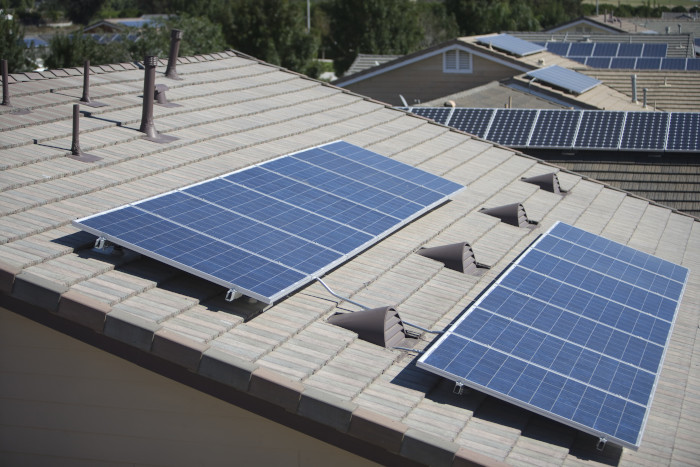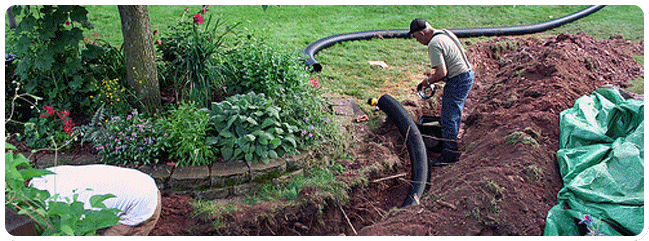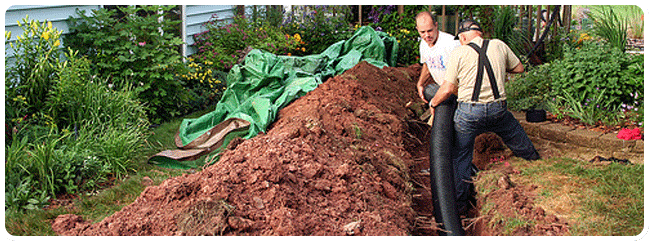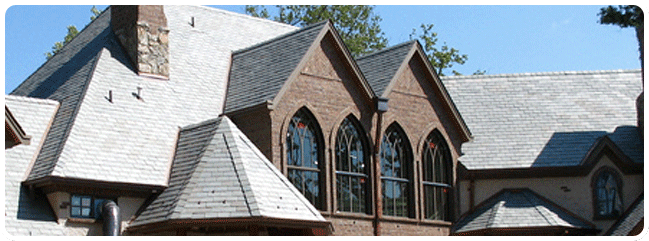As a homeowner, you want to do everything you can to protect your investment. That’s why it’s important to know the facts about roof vents. There are a lot of myths out there, and we’re here to debunk them! Keep reading to learn the truth about roof vents.

Roof vents are only for warm climates
Too many people believe the importance of roof ventilation is to increase energy efficiency during the summer. Good roof ventilation can do this, but shingle color, sun exposure and insulation are exponentially more important to overall energy efficiency than ventilation. Sure, installing roof vents for older homes can reduce your hot air during the summer, but there are probably more low-risk, cost-effective ways to increase your home’s energy efficiency.
Meanwhile, preventing moisture damage is a much greater benefit and applies to colder climates more than warmer ones. In fact, the colder the climate, the more likely it is that your home will benefit from attic ventilation. In order to install an unvented roofing system in colder climates, you’ll need highly rated, rigid insulation to prevent condensation on your roof sheathing. In warmer climates, you don’t need to worry about condensation. Think about how often dew forms on your grass. In these climates, hot attic spaces are eliminated by installing a thermal barrier along the roof line, instead of the attic floor. Source: HomeAdvisor
Any roof vent will do
Not all roof vents can work for any home, and not every type of ventilation works with every roofing material. The climate, the style of your roof, and the attic will determine the right vent for you.
Many roofing experts recommend ridge vents because they work with various shingles, flat tile, metal, or stone-coated steel. However, different vent types have different benefits, such as better curb appeal, less visibility, or power ventilation.
Beyond just choosing the style, the installation method is another crucial part of a proper ventilation system. A wrongly installed vent will not provide adequate ventilation and may do more harm than good, like causing leaks. Source: Angi
The more roof vents, the better
Worth noting here, is that often when new vents are added to a roof, old vents are left operating as if ‘more is better’ when it fact it can be worse. When installing a new ridge vent on an older home, its best to install the right amount and block any others that are no longer necessary, particularly gable end vents.
Air follows the path of least resistance, so if you leave an easy route, air will take it. Therefore, leaving a gable end vent in place means air will be drawn out it when you’ve just spend money to install a shiny new ridge vent. And vents on gable ends are really among the poorest performing roof vents as they can leave moisture to collect in the center of the attic, and they are often installed lower than the optimum level leaving a lot of moisture to collect up at the very peak. Source: EcoHome
Want to know more about how a roof vent can help improve your home’s ventilation? Call us and we’ll be more than happy to help.
Contact:
Kerrisdale Roofing & Drains Ltd.
168 W 71st Ave, Vancouver, BC V5X 4S7
(604) 360-2114



















